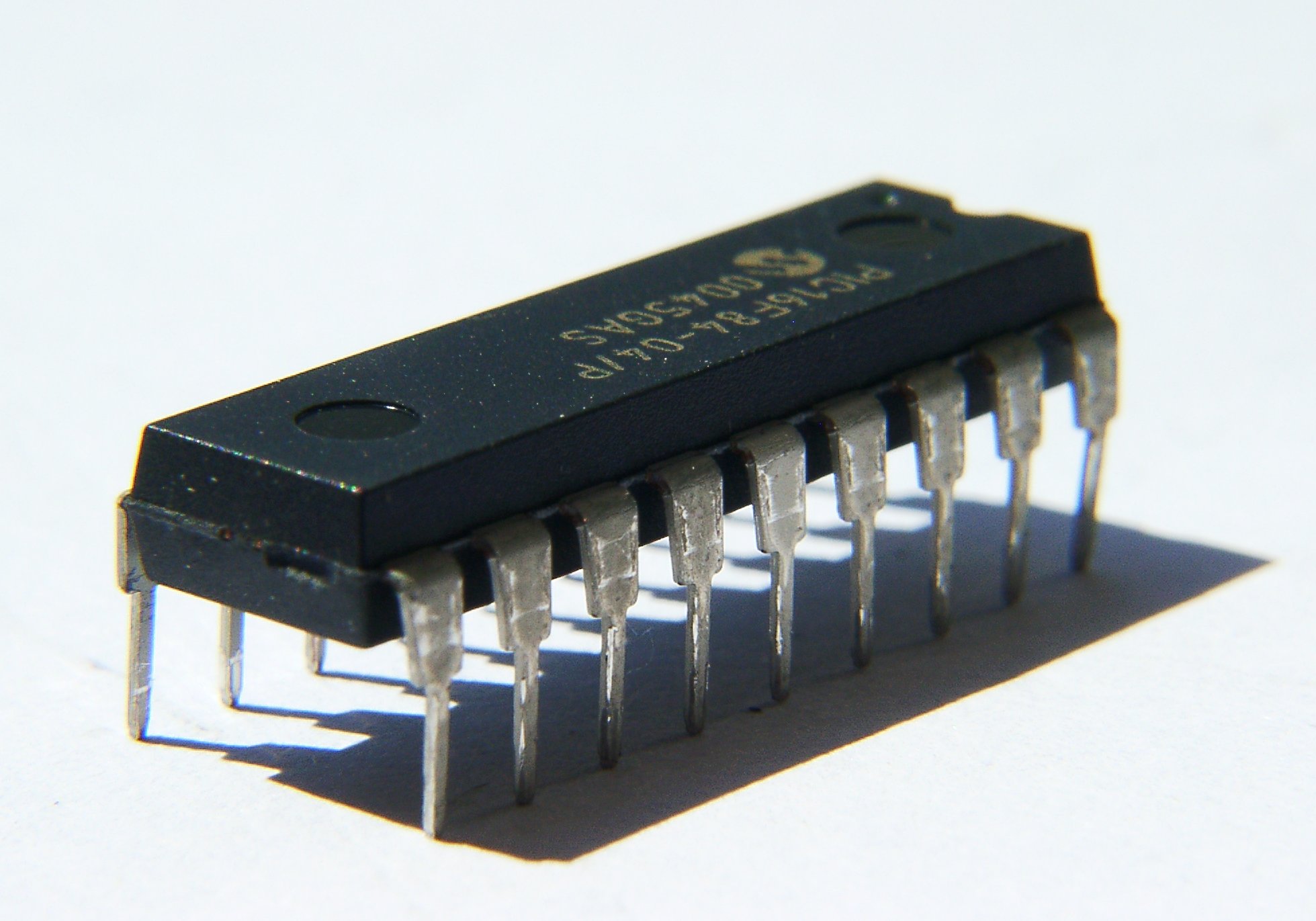Third Generations of Computers - JSS1 Computer Sudies Lesson Note
The third generation of computers, spanning the late 1950s to the mid-1960s, marked a significant evolution in computing technology. During this era, transistors replaced vacuum tubes, introducing a more efficient and reliable means of electronic processing. Transistors were smaller, consumed less power, and generated less heat than their vacuum tube counterparts, contributing to a reduction in the size and cost of computers. This transition facilitated the development of smaller and faster computers, making them more accessible to businesses and institutions.
One notable feature of third-generation computers was the use of integrated circuits (ICs). Integrated circuits combined multiple transistors and other electronic components on a single semiconductor chip. This innovation further enhanced the efficiency of computer systems, leading to improved performance and increased reliability. The use of ICs also laid the foundation for the miniaturization of components, a trend that would continue in subsequent generations.

Image from Wikipedia
The introduction of high-level programming languages like COBOL and FORTRAN during the third generation played a crucial role in making computers more user-friendly. These languages allowed programmers to write code in a more natural and abstract manner, reducing the complexity of programming and expanding the accessibility of computers to a broader audience. This shift toward user-friendly programming languages contributed to the widespread adoption of computers in various fields, including business, science, and government.
Overall, the third generation of computers witnessed a transformative shift from the bulky and expensive machines of the previous generation to more compact, efficient, and accessible systems. The advancements in transistor technology and the introduction of integrated circuits laid the groundwork for the continued development of computer technology, setting the stage for further innovations in the generations to come.